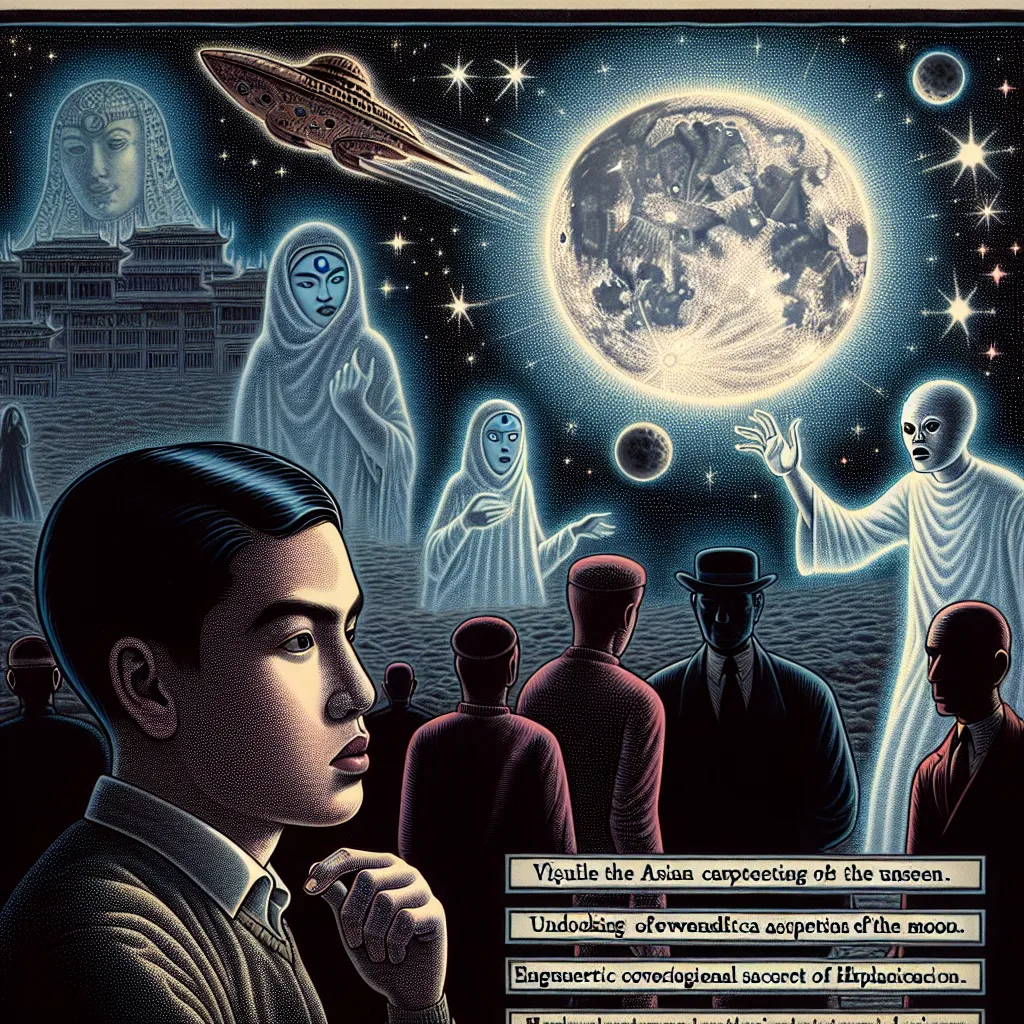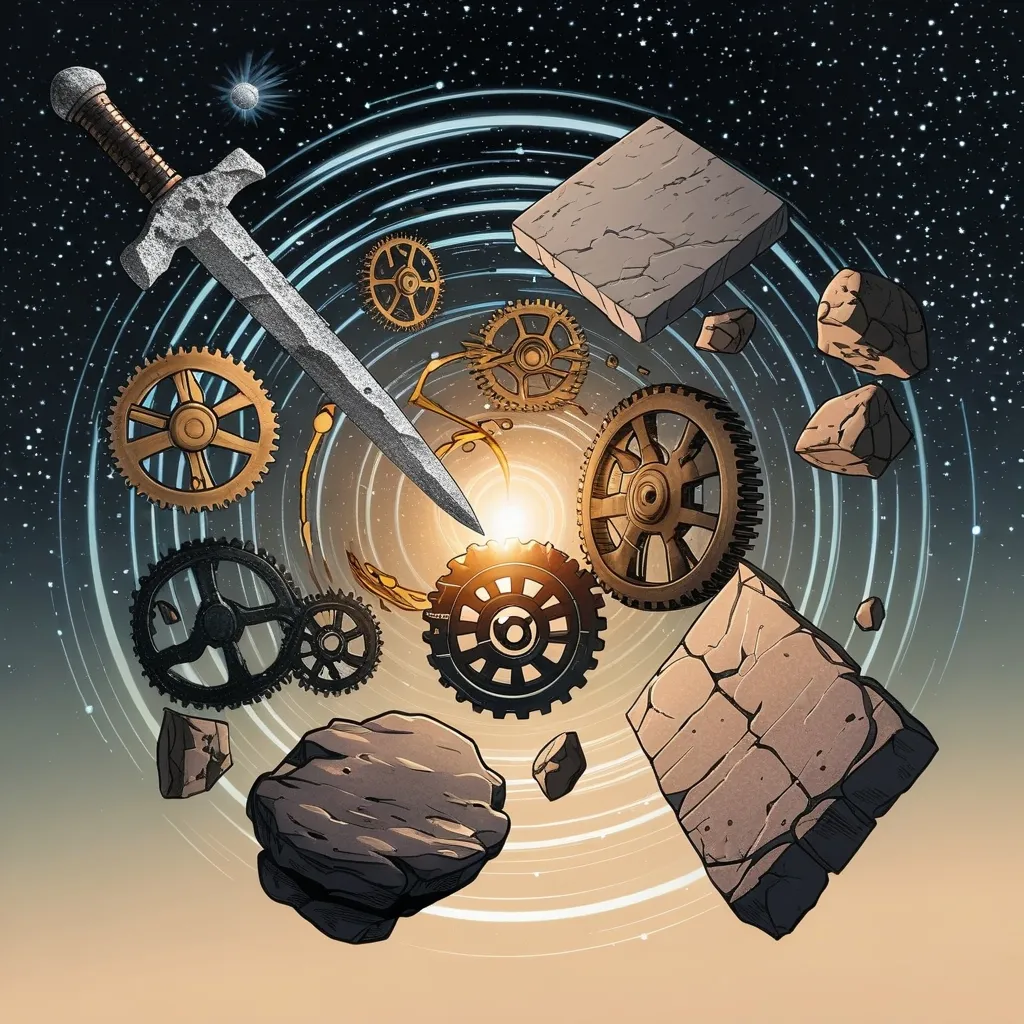In 1998, Ingo Swann dropped a bombshell of a book called “Penetration.” He claimed to be a psychic hired by the CIA to remote view the moon’s dark side to spot any alien activity. It seemed like pure science fiction at the time, but in 2006, it was confirmed when the CIA released documents on the Stargate project. Swann’s involvement was real. And guess what? He didn’t just believe in aliens; he thought they were already here, setting up shop on the moon—and they weren’t friendly.
Swann’s psychic journey started young. His family always thought he had some unique abilities. As he grew, he dove into experiments on extrasensory perception (ESP), exploring if he could influence the environment with his mind. Surprisingly, he could. This caught the attention of scientific minds, and soon, he was a regular study subject.
In the early ’70s, Swann began remote viewing experiments, attempting to psychically see hidden symbols inside sealed boxes. During one crucial experiment, he accurately reported a burnt-out light bulb inside a box, marking his rise in the psychic community.
Stanford Research Institute (SRI) took notice of Swann’s growing rep. By 1973, they wanted to test his abilities on a grander scale, like projecting his consciousness to distant planets. At first, Swann was hesitant but agreed because NASA had probes en route to Jupiter. Astonishingly, Swann described several features of Jupiter, including a faint ring around the planet, which was later confirmed by Voyager 1 in 1979.
Swann’s accuracy caught the U.S. government’s eye. One night in 1975, he got a mysterious call leading him to a clandestine meeting in Washington, D.C. He was introduced to a covert project by a man named Mr. Axelrod. Swann was tasked with remote viewing the moon. What he discovered was shocking: structures, machinery, and humanoids busy with activities on the moon’s far side.
Six months later, Swann’s interactions took another eerie turn when he encountered a supposed extraterrestrial woman. Following this encounter, he had another strange meeting with Axelrod, and soon, he found himself involved in a discreet mission involving a UFO sighting. They journeyed to a remote location where Swann witnessed a triangular craft emerge from a lake, collecting water—a scene that led him to hypothesize about aliens mining the moon and needing Earth’s water.
His story unfolds with gripping accounts, but how much is true? Skeptics find it hard to swallow. The woman in the supermarket, the UFO, the structures on the moon—it all sounds far-fetched. Yet, many of Swann’s remote viewing successes, like the details about Jupiter, lend some credibility.
The CIA’s Stargate project and numerous documents confirm Swann’s involvement in psychic research. So, while the fantastic details spark debate, Swann’s contributions to the field of remote viewing are well-documented.
In conclusion, the story of Ingo Swann raises more questions than it answers. Whether you believe in remote viewing or not, Swann’s revelations about possible extraterrestrial activities encourage us to keep questioning. Maybe one day, we’ll uncover the full truth. Until then, we can only speculate and wonder.






